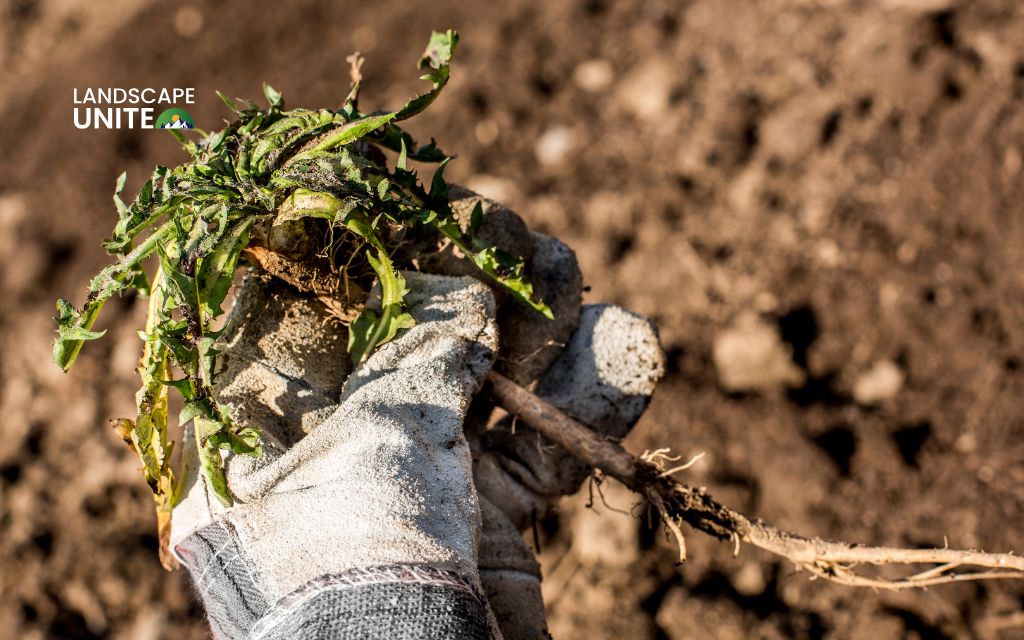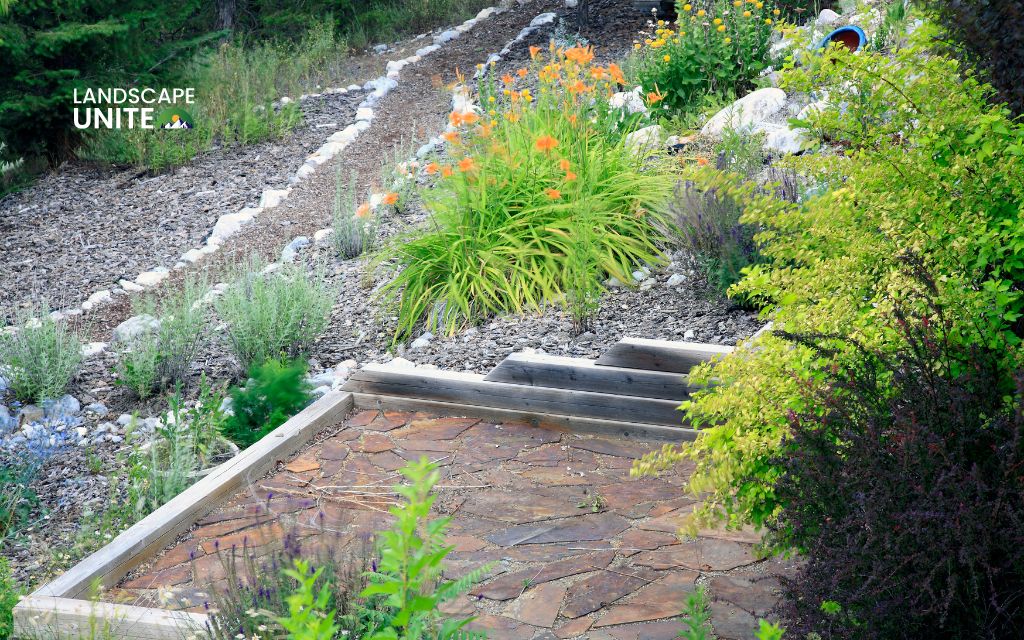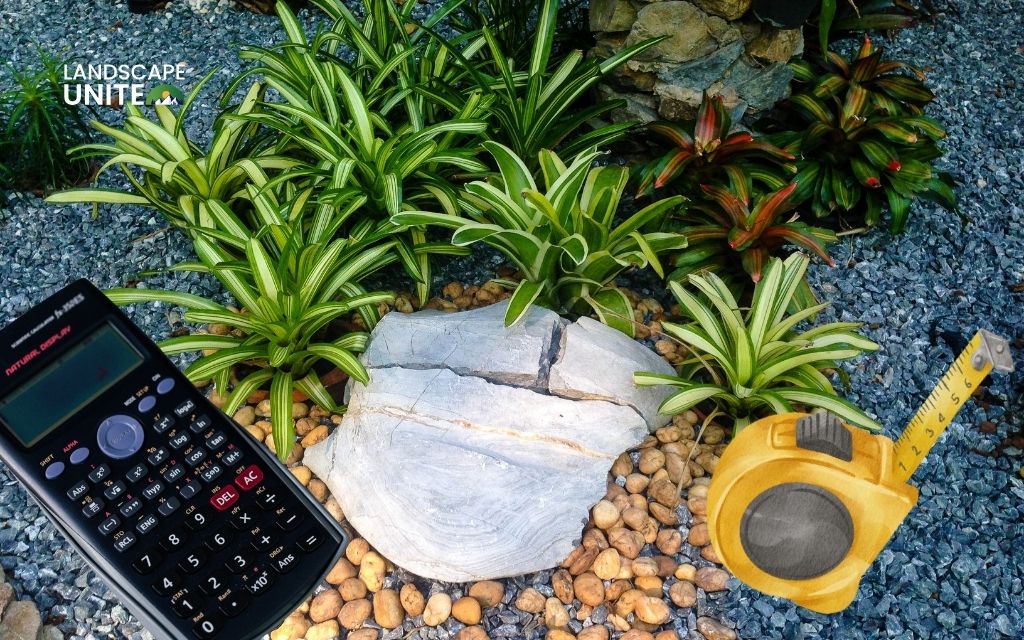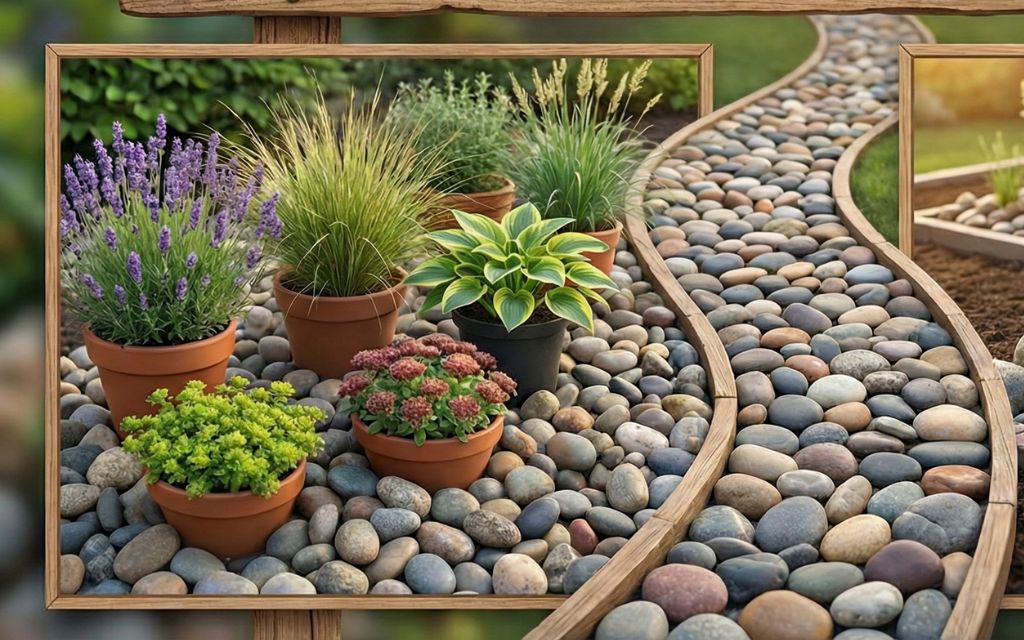Are you tired of spending countless hours mowing, watering, and fertilizing your lawn while watching your water bills soar?
Transforming your traditional grass lawn into a stunning xeriscape garden offers an elegant solution that saves water, reduces maintenance, and creates a beautiful outdoor space that thrives in dry conditions.
This comprehensive guide will walk you through every step of how to replace lawn with xeriscape garden that enhances your property’s value and environmental impact.
Planning your xeriscape transformation
Proper xeriscape planning is essential for a successful transformation. Taking time to assess your space, create a basic design, and understand requirements upfront will save you time and money during installation.
Assessing your current landscape and conditions
Start by evaluating your yard’s basic conditions to make informed plant and design choices.
- Evaluate Yard Conditions: Test your soil type and observe sun/shade patterns throughout the day. Note which areas receive full sun (6+ hours), partial sun (3-6 hours), or shade (less than 3 hours). Identify any drainage issues or microclimates that will affect plant selection.
- Water Availability: Review your current water usage and bills to understand potential savings. Most traditional lawns consume 1-2 inches of water weekly, which translates to significant costs that xeriscaping can dramatically reduce.
- Space Analysis: Map out functional areas like pathways, entertainment spaces, and focal points. Consider how you use your outdoor space and what elements you want to preserve or enhance.
Creating a design plan
Effective xeriscaping relies on grouping plants strategically and designing for both beauty and function.
- Hydrozoning: Group plants by their water needs – high, moderate, and low water requirements. This allows for efficient irrigation and prevents over or under-watering different plant types.
- Designing for Aesthetics and Function: Plan for visual interest using varied plant heights, textures, and colors.
- Using Technology: Take advantage of design apps and online plant selection tools from university extensions to visualize your layout and choose appropriate plants for your region.

Budgeting and timeline considerations
Realistic planning prevents cost overruns and ensures project success.
- Cost Breakdown: Budget $1-4 per square foot for DIY projects or $3-8 per square foot for professional installation. Major expenses include plants, soil amendments, irrigation, and hardscaping materials.
- Budget-Friendly Tips: Start with high-impact areas and expand over time. Choose smaller plants that establish quickly, shop local native plant sales, and consider DIY installation with professional help for complex elements like irrigation.
- Timeframe: Allow 2-4 weeks for planning and material procurement, 1-3 days for lawn removal, and 1-2 weeks for installation. Remember that plants need 1-2 growing seasons to fully establish.
How to replace lawn with xeriscape garden
Removing existing lawn properly sets the foundation for your xeriscape’s long-term success. Choose the method that best fits your timeline, budget, and physical capabilities.
Method 1: Sod cutting and removal
This mechanical method provides immediate results and allows for quick project progression, making it ideal for homeowners eager to complete their transformation.
- Begin by marking your removal area and locate underground utilities.
- Water your lawn lightly 1-2 days before removal to soften soil without creating muddy conditions.
- Use a sharp spade or rent a mechanical sod cutter to slice through grass roots approximately 1-2 inches below the surface.
- Cut manageable strips 12-18 inches wide and 3-4 feet long.
- Roll cut sod sections and remove immediately to prevent re-rooting.
- Dispose of removed sod through municipal composting programs or repurpose in less visible areas of your property.
Method 2: Sheet mulching (Lasagna method)
This organic approach eliminates grass while simultaneously improving soil structure, making it excellent for building healthy growing mediums for your new plants.
- Mow existing grass as short as possible and remove any woody debris.
- Lay overlapping cardboard sheets or multiple layers of newspaper directly over grass, ensuring 6-inch overlaps between pieces.
- Wet cardboard thoroughly to begin the decomposition process.
- Apply 2-3 inches of nitrogen-rich materials like grass clippings or kitchen scraps, followed by 4-6 inches of carbon-rich materials such as leaves, straw, or wood chips.
- Water the entire assembly thoroughly and allow 3-6 months for decomposition before planting.
Method 3: Solarization technique
This chemical-free method harnesses solar energy to eliminate grass and weeds, making it perfect for environmentally conscious homeowners in sunny climates.
- Begin during the hottest part of summer for maximum effectiveness. Mow grass short and water thoroughly to encourage active growth.
- Cover the area with clear plastic sheeting (not black, which absorbs rather than transmits heat).
- Secure edges with soil, rocks, or landscape staples to create an airtight seal.
- Leave plastic in place for 6-8 weeks during peak summer heat.
- Remove plastic and rake away dead vegetation, leaving you with clean soil ready for amendment and planting.

Soil preparation and amendment
Proper soil preparation ensures your new xeriscape plants establish quickly and thrive long-term.
How to prepare soil for xeriscaping
Most xeriscape plants prefer well-draining soil to prevent root rot during occasional heavy rains. Improve clay soils by incorporating coarse sand, perlite, or small gravel to enhance drainage. Add compost to sandy soils to improve water retention and nutrient availability. Create raised planting areas or berms in locations with persistent drainage issues.
Soil testing
Test pH levels using inexpensive home test kits or professional laboratory analysis.
Most drought-tolerant plants prefer slightly alkaline conditions (pH 6.5-7.5), though many adapt to a wide range. Address major pH imbalances through lime addition (to raise pH) or sulfur application (to lower pH).
Test for nutrient deficiencies and amend accordingly, though most xeriscape plants perform well in relatively poor soils once established.
Installing your xeriscape garden
Once your lawn is removed and soil prepared, it’s time to install the key components that will make your xeriscape both beautiful and functional.
Hardscaping elements
Hardscaping provides structure and reduces maintenance while creating visual appeal in your xeriscape design.
- Install pathways before planting to avoid disturbing plants later. Popular landscaping rock options include decomposed granite for natural looks, flagstone for formal designs, or stepping stones for contemporary appeal. Make paths at least 36 inches wide for comfortable walking.
- Use rocks and boulders as focal points and structural elements. Bury them about 1/3 of their height for a natural appearance and group them in odd numbers for better visual impact. Local stone works best for regional character and cost savings.
- Consider dry creek beds for drainage solutions that add visual interest, or small fountains as focal points. These elements can provide habitat for beneficial wildlife while requiring minimal water.
Irrigation system design and installation
Efficient irrigation ensures your plants establish successfully while conserving water.
- Drip irrigation is the preferred choice for xeriscaping, delivering water directly to root zones with 90-95% efficiency compared to 60-70% for sprinklers. This targeted approach reduces water waste and prevents fungal diseases. Learn how to install drip irrigation for a xeriscape garden in this guide.
- Install systems after soil preparation but before planting. Zone your irrigation based on plant water needs and sun exposure. Include timers with weather sensors to avoid watering during rain periods.
Plant installation techniques and spacing
Proper planting ensures healthy establishment and attractive results.
- Plant during mild weather periods – fall is ideal for root establishment before summer heat. Dig holes twice as wide as root balls but no deeper than the original soil level. Use native soil amended with compost for backfill.
- Place plants with similar water requirements together for efficient irrigation. Position higher-water plants near natural moisture sources and cluster smaller plants for visual impact.
Mulching strategies for water retention
Mulching conserves moisture, suppresses weeds, and provides a finished appearance.
- Organic mulches like bark chips improve soil as they decompose but need replacement. Inorganic mulches such as gravel or decorative rock provide permanent coverage with excellent drainage.
- Apply 2-3 inches of organic mulch or 1-2 inches of stone mulch around plants, keeping material away from plant stems. Proper mulching can reduce watering needs by 25-50% while controlling weeds.

Benefits of replacing your lawn with xeriscape
Transforming your traditional lawn into a xeriscape garden delivers significant advantages that make this investment worthwhile for homeowners seeking sustainable, low-maintenance landscaping solutions.
Water conservation
Xeriscaping can reduce water consumption by 50-75% compared to traditional lawns. Drought-tolerant plants have evolved efficient root systems and water-storage capabilities that allow them to thrive with minimal irrigation.
Most homeowners see reductions in their water bills after transitioning to xeriscaping. In water-scarce regions where utility costs continue rising, these savings compound significantly over time.
Reduced maintenance
Established xeriscapes require no weekly mowing, minimal fertilization, and infrequent watering. Most maintenance involves occasional pruning and seasonal mulch refresh – tasks completed in hours rather than weekly commitments.
Homeowners typically reclaim 3-5 hours per week previously spent on lawn maintenance, allowing more time to enjoy outdoor spaces rather than maintaining them.
Environmental impact and wildlife support
Xeriscaping works with natural systems rather than against them, utilizing plants adapted to local climate conditions while reducing the need for chemical fertilizers and pesticides that can contaminate groundwater.
Xeriscape gardens become havens for local pollinators, with native flowering plants providing nectar for bees, butterflies, and hummingbirds throughout extended blooming seasons.
Curb appeal enhancement
Well-designed xeriscaping can increase property values by 5-15% in water-conscious markets, as buyers increasingly appreciate low-maintenance landscapes with reduced ongoing costs. Modern xeriscape design creates sophisticated visual interest through varied textures, seasonal colors, and architectural elements that surpass the monotony of traditional lawns.
Conclusion
Replacing your lawn with a xeriscape garden is a smart investment that delivers long-term benefits for your property and the environment. This transformation reduces water usage by up to 75%, eliminates weekly maintenance, and creates a beautiful landscape that thrives in your local climate.
The key to success lies in proper planning, choosing the right removal method for your situation, and selecting appropriate drought-tolerant plants for your region. Whether you tackle this project yourself or hire professionals, the result will be a sustainable outdoor space that saves money and time while supporting local wildlife.
Start small with a high-impact area to gain experience, then expand your xeriscape as you see the benefits firsthand. Learn more about xeriscape-inspired ideas with our outdoor living guides.
Frequently asked question (FAQs)
What is the best time to replace my lawn with xeriscaping?
Fall is ideal for most regions, allowing plants to establish roots before summer heat. In desert areas, plant in September-November or March-April to avoid extreme temperatures.
How much will it cost to replace my lawn with xeriscaping?
DIY projects cost $1-4 per square foot, while professional installation runs $3-8 per square foot. A typical 1,000-square-foot project ranges from $1,500-4,000 DIY or $3,000-8,000 professionally installed.
What are the best plants for xeriscaping in my region?
Choose native plants adapted to your climate zone. Contact your local university extension office for region-specific recommendations. Popular choices include lavender, ornamental grasses, sedums, and native wildflowers.
How do I maintain my xeriscape garden once it’s installed?
Established xeriscapes need minimal care: occasional deep watering during dry spells, annual mulch refresh, selective pruning, and periodic weeding. Most maintenance takes just a few hours monthly.
Can xeriscaping still look attractive without a traditional lawn?
Absolutely! Well-designed xeriscapes often look more interesting than grass lawns, featuring diverse textures, seasonal colors, and architectural plants that create year-round visual appeal and neighborhood showcase gardens.


